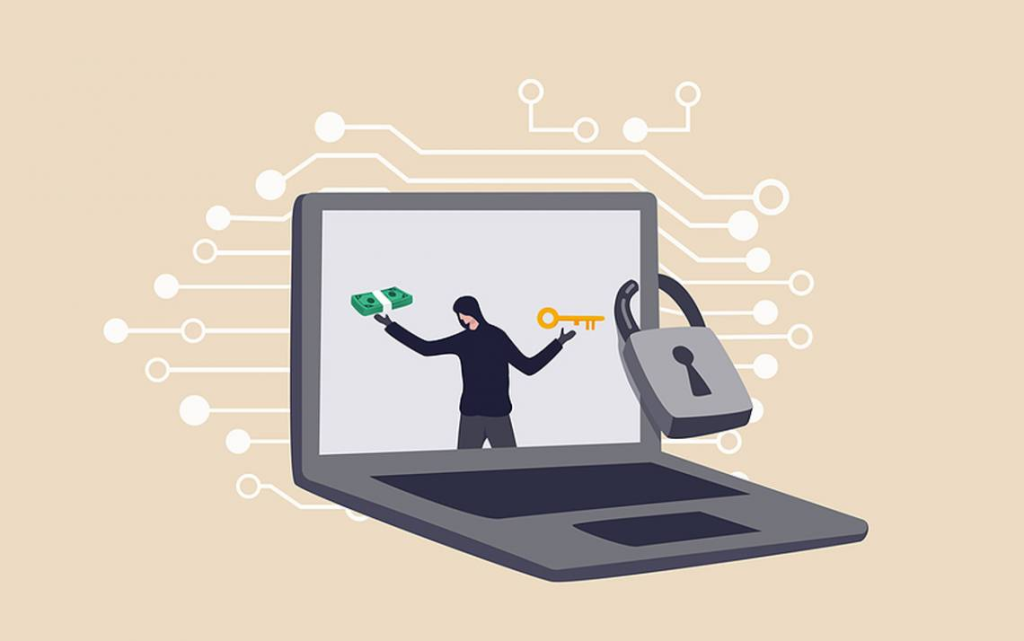Electronic safety, also called cybersecurity or data protection, identifies the measures and methods set in place to guard electronic assets, knowledge, and techniques from unauthorized entry, breaches, and internet threats in electronic environments. In today’s interconnected world, where organizations count seriously on digital technologies and cloud research, virtual protection represents a crucial position in safeguarding sensitive and painful data and ensuring the reliability, confidentiality, and option of data.
One of many primary concerns of virtual safety is protecting against unauthorized usage of virtual resources and systems. This implies employing effective authentication mechanisms, such as for example passwords, multi-factor authorization, and biometric verification, to validate the personality of consumers and prevent unauthorized persons from accessing sensitive knowledge and resources.
Additionally, electronic safety encompasses measures to safeguard against spyware, viruses, and other harmful software that could bargain the security of virtual environments. This includes deploying antivirus application, firewalls, intrusion recognition programs, and endpoint defense answers to detect and mitigate threats in real-time and prevent them from spreading across networks.
Another crucial part of electronic safety is securing information both at sleep and in transit. This involves encrypting knowledge to provide it unreadable to unauthorized individuals, thereby defending it from interception and eavesdropping. Encryption assures that even if data is intercepted, it stays secure and confidential, reducing the risk of data breaches and unauthorized access.
More over, virtual safety involves employing entry controls and permissions to restrict consumer liberties and limit use of sensitive data and programs and then approved individuals. Role-based access get a handle on (RBAC) and least benefit principles are frequently applied to make sure that consumers have entry and then the methods necessary for their tasks and responsibilities, reducing the risk of insider threats and information breaches.
Virtual safety also encompasses tracking and logging actions within virtual conditions to detect dubious behavior and potential protection incidents. Security information and occasion administration (SIEM) alternatives gather and analyze records from various places to identify security threats and respond to them instantly, minimizing the influence of security situations and avoiding knowledge loss.
Furthermore, electronic security involves standard protection assessments and audits to judge the effectiveness of current protection regulates and recognize vulnerabilities and flaws in virtual environments. By performing aggressive assessments, organizations can recognize and handle safety gaps before they may be used by cyber enemies, improving overall security posture.
Also, virtual security requires ongoing training and education for employees to boost recognition about cybersecurity most useful methods and make sure that people understand their jobs and responsibilities in maintaining security. Safety recognition education applications support personnel virtual security identify possible threats, such as phishing cons and cultural executive episodes, and get appropriate actions to mitigate risks.

In conclusion, electronic protection is needed for protecting organizations’ electronic resources, information, and techniques from internet threats and ensuring the confidentiality, strength, and availability of data in digital environments. By utilizing effective safety steps, including access regulates, security, tracking, and individual teaching, companies may improve their defenses against cyber problems and mitigate the risks connected with running in today’s interconnected world.

Leave a Reply